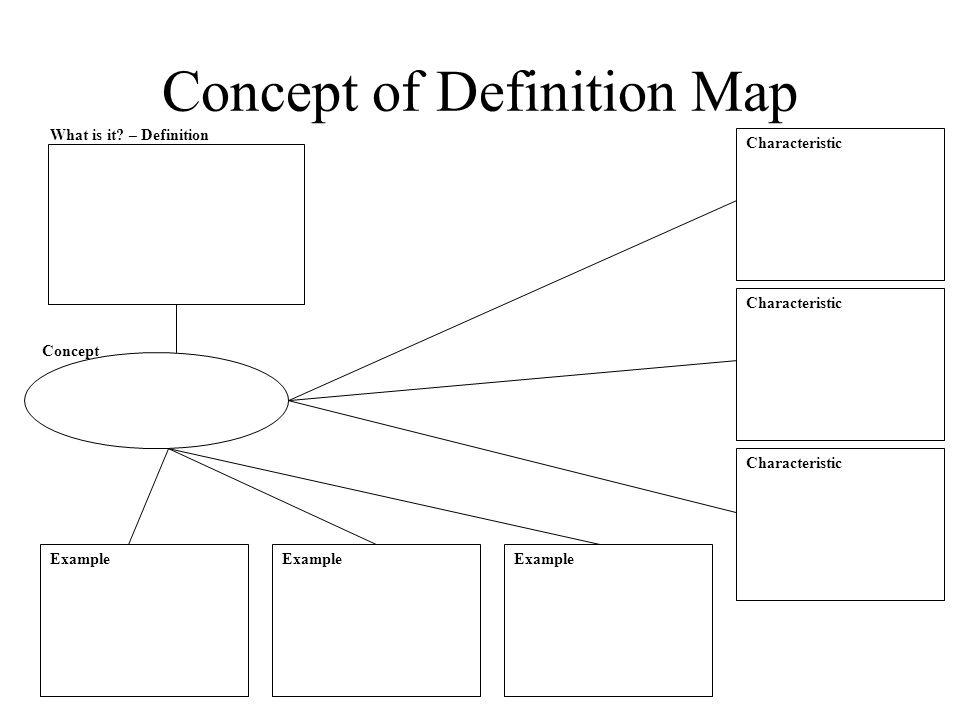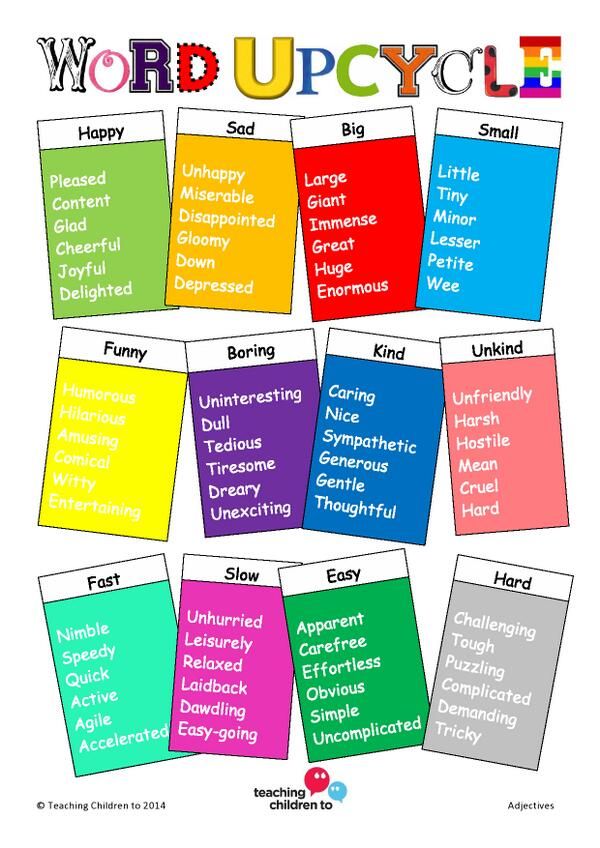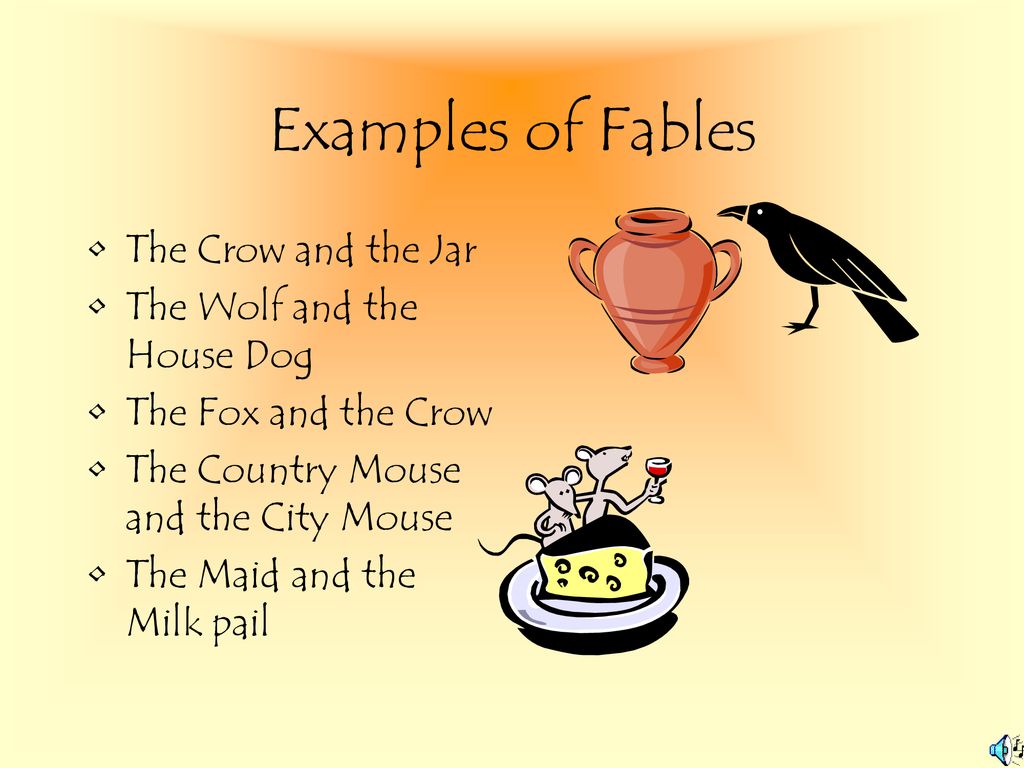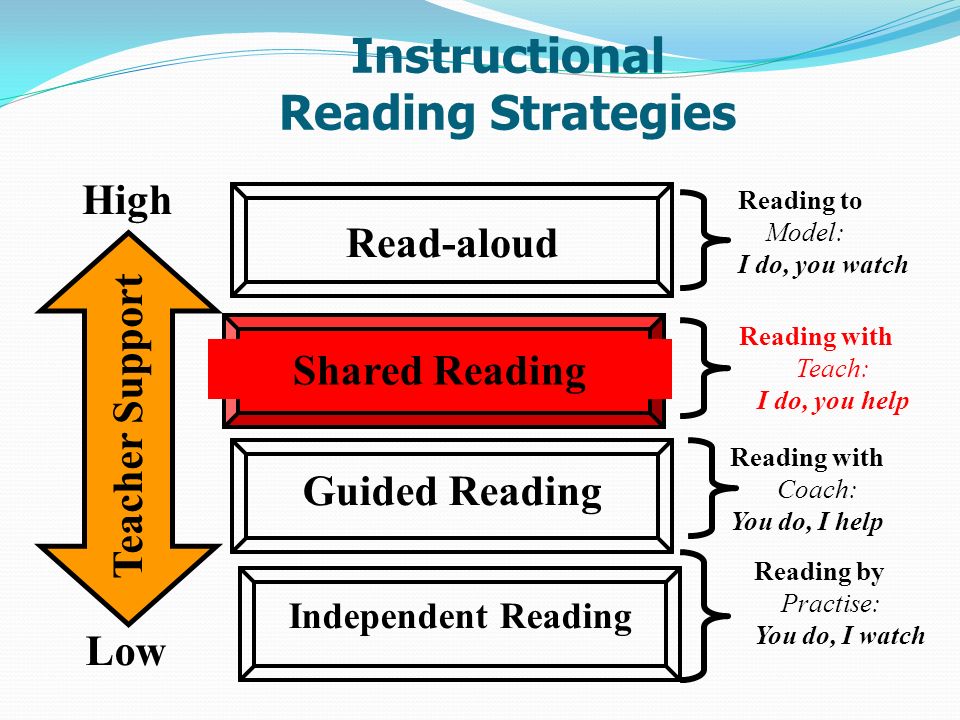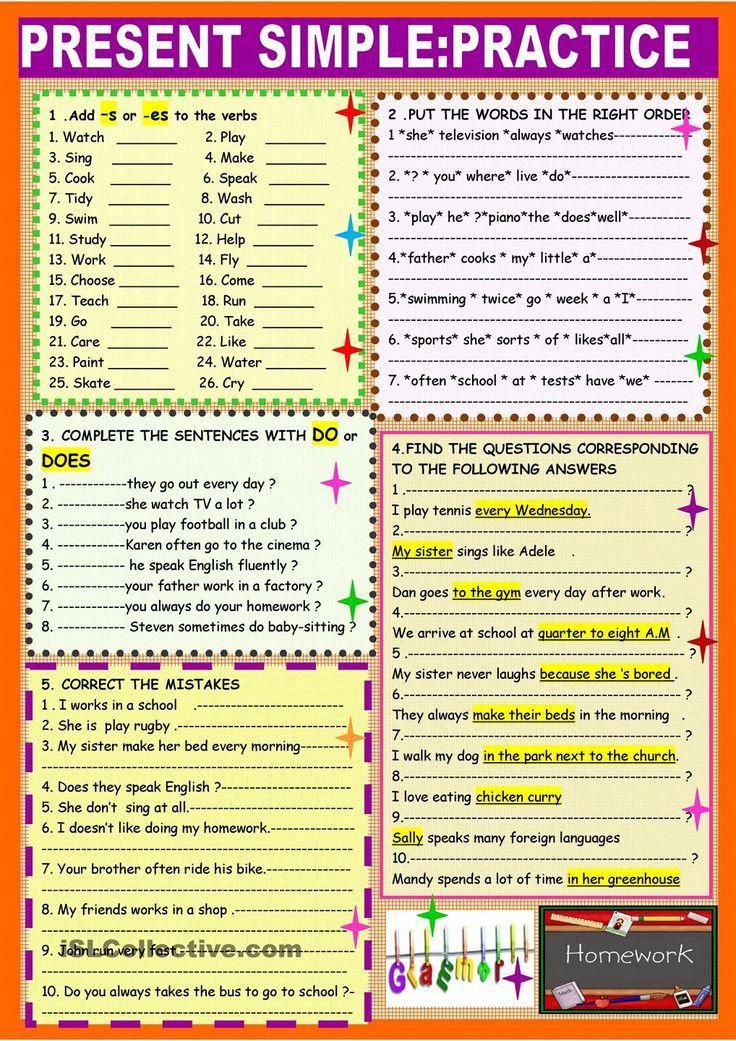Define print concepts
Concepts of print
Concepts of Print refers to the awareness of 'how print works'. This includes the knowledge of the concept of what books, print, and written language are, and how they function. It encompasses a number of understandings that allow the reading process to take place including:
- understanding that print conveys a message
- knowledge about book orientation and directionality of print, and
- distinction between sentences, words and letters, and
- knowledge of the alphabetic system and the difference between letters and words.
Understandings/elements of concepts of print in the English language
The main understandings or elements of Concepts of Print for English include the concept of text (how a text conveys a message), concept of book (how a book works, how different texts are organised), the idea of directionality (that English books are read from left to right, top to bottom), and other mechanical features (spacing, punctuation, the difference between letters, numerals, and other symbols).
Components of concepts of print
Concepts of print are important for emergent and early reading and writing (Clay, 1993).
Concepts of text
Understanding that print relays a message
Concept of book
- Book handling - holding the book the right way up
- Front cover, back cover
- Title, author, illustrator, blurb
Directionality
- Beginning at the front of the book, ending at the back
- Turning pages right to left
- Concept of top and bottom of a page - beginning at the top of the page and ending at the bottom of the page
- Reading pages from left to right
- Reading words from left to right
- Return sweep - reading left to right then sweep back to the beginning of the following line of text
- Concept of first, middle, last
- Word-to-word matching
Mechanics
- Knowledge that words are separated by spaces
- Recognising the difference between symbols including, alphabetic letters vs numerals vs punctuation
- The purpose of punctuation and capital letters
- Understanding that most printed words are read the same way each time (e.
 g. w-o-u-l-d will always be 'would')
g. w-o-u-l-d will always be 'would')
Through exposure to shared book reading in early childhood, and through modelled, shared, and guided reading in the early years, children develop concepts of print.
Examples to support the development of Concepts of Print
Concepts of print should be taught through text within the literacy lesson, for example by:
- reading a poem or a song that students are familiar with and highlighting features of the text - e.g. capital letters, full stops and discussing the purpose of these features
- reading a storybook and modelling and/or identifying features of text while reading, for example differences between words and letters, directionality, return sweep, front and back cover of book etc.
- reading books with different font types/sizes, bold, exclamation mark, question mark and capital letters
Building a print rich classroom environment - using labels, alphabet posters, word walls, reading corners also contributes to the development of concepts of print.

For examples, see:
- Modelled Reading
- Shared Reading
- Guided Reading
Alphabet knowledge
Alphabet knowledge is also considered a Concepts of Print component. This includes knowledge of the names of each letter, the order of the alphabet, recognition of each upper and lower case letter, and knowing the difference between letters and words.
Alphabet Knowledge includes recognising all the letters of the alphabet by name. This includes recognising upper and lower case letters. The metalinguistic awareness of knowing the difference between a "word" and a "letter" is also important for alphabet knowledge.
Relationship with phonics
While alphabet knowledge is the ability to recognise and name upper and lower case letters, phonics is the knowledge of sound-letter patterns, that is the sounds that letters make.
As there are 44 sounds (phonemes) , but only 26 letters, many letters make more than one sound. Also, letters are used to form graphemes, which could consist of one letter (graph), two letters (digraph), three letters (trigraph) or four letters (quadgraph).
Also, letters are used to form graphemes, which could consist of one letter (graph), two letters (digraph), three letters (trigraph) or four letters (quadgraph).
An important first step to learn the relationships between sounds is to have well developed Alphabet Knowledge: that is to know what each letter is called, and to be able to recognise these letters quickly and reliably.
Once students have strong alphabet knowledge they are able to apply this knowledge to learn about the sounds that letters and letter patterns (graphemes) make, and how phonemes map onto graphemes, i.e. phonics.
For more information, see:
- Phonics
- The 44 Sounds of English (docx - 116.91kb)
Relationship with phonological awareness
While alphabet knowledge is the ability to recognise and name upper and lower case letters, Phonological awareness refers to the awareness of sounds, rhymes, and syllables within words. Phonemic awareness (a critical subset of phonological awareness) refers to the ability to identify, segment, blend, delete and manipulate individual sounds. Alphabet knowledge is related to phonological awareness as children need to understand that words are made up of syllables, onset/rime, and individual sounds, and that letters of the alphabet are used to represent these sounds, as graphemes.
Alphabet knowledge is related to phonological awareness as children need to understand that words are made up of syllables, onset/rime, and individual sounds, and that letters of the alphabet are used to represent these sounds, as graphemes.
For more information, see: Phonological Awareness
Examples of alphabet knowledge activities
Contextualised teaching of alphabetic knowledge can occur through reading a fiction or non-fiction text to, for example:
- introduce the sound and the letter in focus, writing the letter before reading the text
- highlight particular letter/letters within the text
- identify initial sounds of words and distinguish upper and lower case letters
- recognise consonant digraphs/trigraphs
- discuss the different sounds that a letter can make from examples in a text
- find words that contain different consonant diagraphs e.g. /sh/, /ch/, /th/ -lunchbox, shoes, should, the, that
- compile words or letters from a text into lists to make games that will promote multiple exposure and repetition of alphabetic knowledge such as bingo, snap, memory, tic tac toe, letter sort.
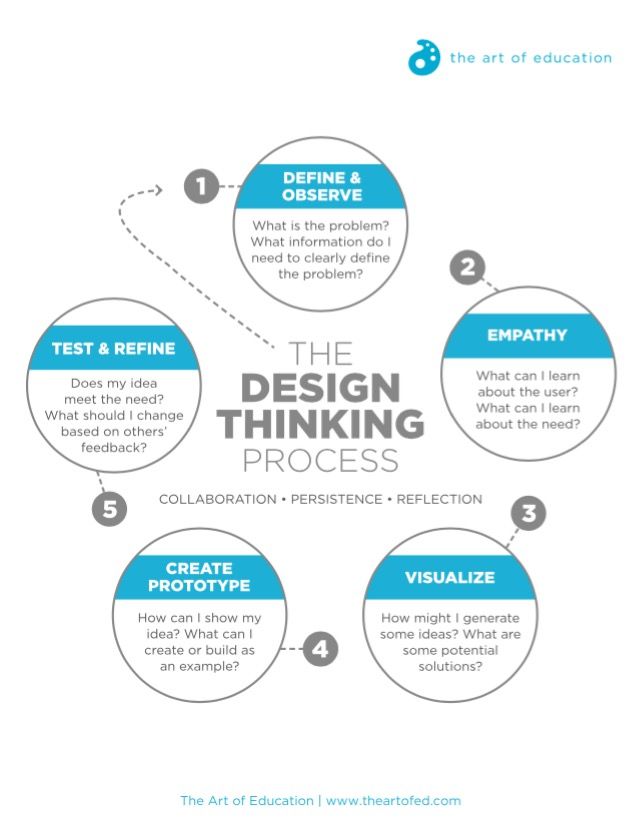
For examples, see:
- Modelled Reading
- Shared Reading
- Guided Reading
How does concepts of print relate to phonological awareness and phonics?
Phonological awareness allows students to hear the differences between words and sounds. Concepts of Print includes the recognition of symbols as letter shapes. Once this understanding is established, the letter shapes can be associated with sounds, connecting the visual, auditory and oral systems.
Links to the Victorian Curriculum - English
Foundation
Reading
- Recognise all upper- and lower-case letters and the most common sound that each letter represents (Content description VCELA146)
- Understand concepts about print and screen, including how books, film and simple digital texts work, and know some features of print, including directionality (Content description VCELA142)
Level 1
Reading
- Understand concepts about print and screen, including how different types of texts are organised using page numbering, tables of content, headings and titles, navigation buttons, bars and links (Content description VCELA177)
Links to the Victorian Curriculum - English as an Additional Language (EAL)
Pathway A
Reading and viewing
Level A1
- Understand the direction of English text (VCEALA034)
- Understand that texts are meaningful (VCEALA035)
- Distinguish Roman script from non-Roman script (VCEALA039)
- Understand and explore the basic features of different texts (VCEALL043)
- Understand and explore the basic features of different texts (VCEALL043)
- Identify some sounds in words (VCEALL050)
- Recognise capital letters, spaces and full stops (VCEALL052)
- Follow text with finger while reading (VCEALL053)
Level A2
- Understand how different types of images in texts contribute to meaning (VCEALA116
- Understand and use a small range of metalanguage for elements of text (VCEALL125)
- Relate most letters of the alphabet to sounds (VCEALL131)
- Understand and use simple metalanguage for books and reading (VCEALL044)
- Recognise that full stops and question marks separate text (VCEALL133)
Writing
Level A1
- Respond to the terms 'writing' and 'drawing' appropriately (VCEALA059)
- Illustrate a simple text (VCEALC058)
- Write a simple text that fulfils a function (VCEALC057)
- Recognise the importance of accurate reproduction of letters and words (VCEALA060)
- Use some conventions for printed English (VCEALL081)
- Experiment with some familiar punctuation (VCEALL079)
- Understand some terminology of writing in English and/or home language (VCEALA068)
Level A2
- Illustrate texts purposefully (VCEALC139)
- Use some punctuation consistently (VCEALL158)
- Adjust size of writing, colour, layout and choice of media to support meaning (VCEALL160)
Pathway B
Reading and viewing
Level BL
- Show awareness that texts convey meaning (VCEALA191)
- Distinguish Roman script from non-Roman script (VCEALA195)
- Recognise and explore texts in different media and modes (VCEALL199)
- Understand and explore the basic layout and conventions of simple texts (VCEALL200)
- Use basic terminology of reading (VCEALL202)
- Recognise the letters of the alphabet (VCEALL208)
- Understand the function of spaces, capital letters and full stops (VCEALL209)
- Demonstrate reading-like behaviour (VCEALL210)
- Attempt to self-correct (VCEALL211)
Writing
Level BL
- Copy words, phrases or sentences accurately and carefully (VCEALC216)
- Understand the difference between writing and drawing, and that writing changes according to context and purpose (VCEALA219)
- Apply common conventions when copying or writing texts (VCEALL236)
- Copy basic punctuation as part of writing work (VCEALL238)
References
Clay, M.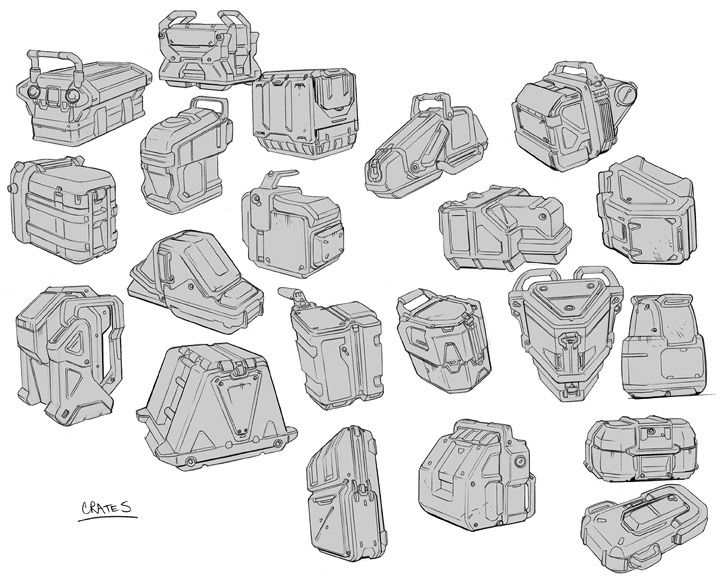 M. (1993). An observation survey of early literacy achievement. Heinemann, 361 Hanover St., Portsmouth, NH 03801-3912.
M. (1993). An observation survey of early literacy achievement. Heinemann, 361 Hanover St., Portsmouth, NH 03801-3912.
Print Awareness: Guidelines for Instruction
By: Texas Education Agency
Print awareness is a child's earliest understanding that written language carries meaning. The foundation of all other literacy learning builds upon this knowledge. The following are guidelines for teachers in how to promote print awareness and a sample activity for assessing print awareness in young children.
Guidelines for promoting print awareness
- The organization of books
Make sure students know how books are organized. They should be taught the basics about books – that they are read from left to right and top to bottom, that print may be accompanied by pictures or graphics, that the pages are numbered, and that the purpose of reading is to gain meaning from the text and understand ideas that words convey.
- Read to students
Read to children from books with easy-to-read large print.
 Use stories that have predictable words in the text.
Use stories that have predictable words in the text. - Use "big books" and draw attention to words and letters
Help children notice and learn to recognize words that occur frequently, such as a, the, is, was, and you. Draw attention to letters and punctuation marks within the story.
- Label objects and centers in your classroom
Use an index card to label objects and centers within the classroom with words and pictures. Use an index card with the word "house" for the house center and draw a picture of a house. Draw students' attention to these words when showing them the different centers.
- Encourage preschool children to play with print
They can pretend to write a shopping list, construct a stop sign, write a letter, make a birthday card, etc.
- Help children understand the relationship between spoken and written language
Encourage students to find on a page letters that are in their names: "Look at this word, 'big.
 ' It begins with the same letter as the name of someone in this room, 'Ben.'"
' It begins with the same letter as the name of someone in this room, 'Ben.'" - Play with letters of the alphabet
Read the book Chicka Chicka Boom Boom. Place several copies of each letter of the alphabet in a bowl and ask students to withdraw one letter. When everyone has a letter, ask each student to say the letter's name and, if the letter is in his or her own name, have the child keep the letter. Continue until the first child to spell his or her name wins.
- Reinforce the forms and functions of print
Point them out in classroom signs, labels, posters, calendars, and so forth.
- Teach and reinforce print conventions
Discuss print directionality (print is written and read from left to right), word boundaries, capital letters, and end punctuation.
- Teach and reinforce book awareness and book handling
- Promote word awareness by helping children identify word boundaries and compare words
- Allow children to practice what they are learning
Ask them to listen to and participate in the reading of predictable and patterned stories and books.

- Provide practice with predictable and patterned books
Also try using a wordless picture book like Pancakes. Go through each page asking the children to tell the story from the pictures. Write their narration on a large piece of paper. Celebrate the story they authored by eating pancakes!
- Provide many opportunities for children to hear good books and to participate in read-aloud activities
A sample activity for assessing print awareness
Give a student a storybook and ask him or her to show you:
- The front of the book
- The title of the book
- Where you should begin reading
- A letter
- A word
- The first word of a sentence
- The last word of a sentence
- The first and last word on a page
- Punctuation marks
- A capital letter
- A lowercase letter
- The back of the book
Excerpted and adapted from: Guidelines for Examining Phonics and Word Recognition Programs, Texas Reading Initiative, Texas Education Agency (2002). And from: Tips for Teaching Kids to Read; by Ed Kame'enui, Marilyn Adams, & G. Reid Lyon.
And from: Tips for Teaching Kids to Read; by Ed Kame'enui, Marilyn Adams, & G. Reid Lyon.
Related Topics
Curriculum and Instruction
Early Literacy Development
Print Awareness
New and Popular
100 Children’s Authors and Illustrators Everyone Should Know
A New Model for Teaching High-Frequency Words
7 Great Ways to Encourage Your Child's Writing
All Kinds of Readers: A Guide to Creating Inclusive Literacy Celebrations for Kids with Learning and Attention Issues
Screening, Diagnosing, and Progress Monitoring for Fluency: The Details
Phonemic Activities for the Preschool or Elementary Classroom
Our Literacy Blogs
Teaching Students to Use Context
Kids and educational media
Meet Ali Kamanda and Jorge Redmond, authors of Black Boy, Black Boy: Celebrating the Power of You
Get Widget |
Subscribe
10. The development of the concept of printing in the 17th century.
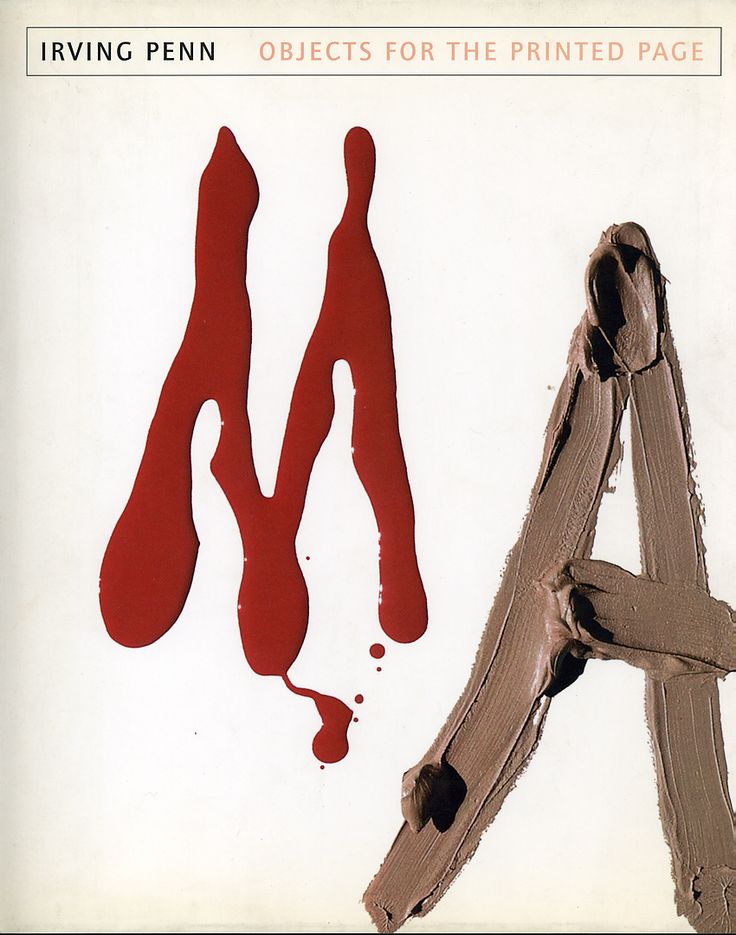 First print concept.
First print concept. First regular printed newspapers were published in different cities of Europe already at the beginning of the XVII century. But none of the newspapers provided while such an impact on society and was not as significant as La Gazette. Her the first issue was published in Paris at the court King Louis XIII May 30, 1631. Idea the creation of the newspaper belonged to the cardinal Richelieu, who pursued the political, economic and information purposes. The first chief editor of La Gazette was Theophrastus Renaudeau (1583–1653). Daily the newspaper was called to help the king govern the state and became the mouthpiece authoritarian power. Renaudo employee was not only Richelieu, but the king himself. Louis XIII regularly himself incognito wrote to the newspaper, in particular, about his military exploits and was, in fact, the first military journalist.
C the appearance of "La Gazette" in France has developed authoritarian print concept. Into Miscellaneous this concept dominated the journalism in almost every country in the world. For authoritarian concept newspaper - mouthpiece authorities, through it not only communicate news, but directives are also sent to places. Here, prior censorship, no sensationalism, truthful information is often sacrificed the interests of the government. Press structure - vertical.
For authoritarian concept newspaper - mouthpiece authorities, through it not only communicate news, but directives are also sent to places. Here, prior censorship, no sensationalism, truthful information is often sacrificed the interests of the government. Press structure - vertical.
B English printing appeared in 1477 year when the printer William Caxton (1422–1491) published the book “Sayings, or Sayings of Philosophers. Soon, in 1487 year, King Henry VII established the Star chamber - censorship institution, existed until 1641, the purpose of which there was a struggle with sedition and royal enemies. The censorship law was passed in England in 1509 under King Henry VIII. According to this law, books allowed to print in London, Oxford and Cambridge. Before leaving, they must were looking through university professors (secular censorship) and bishop Canterbury (spiritual censorship).
First became an English newspaper published in 1622-1641 "Weekly News" ("Weekly news"). Her publisher Nathaniel Batter had not, like his French contemporary Theophrastus Renaudeau, patrons at court, besides, the king did not attach importance newspaper as an assistant in the distribution its policy. Batter was forbidden write about meetings, debates in parliament and in general to concern internal news. The authoritarian press always comes first the queue controlled the internal information. Often a batter to borrow censored places in the newspaper, made up the news or reprinted bible chapters
Her publisher Nathaniel Batter had not, like his French contemporary Theophrastus Renaudeau, patrons at court, besides, the king did not attach importance newspaper as an assistant in the distribution its policy. Batter was forbidden write about meetings, debates in parliament and in general to concern internal news. The authoritarian press always comes first the queue controlled the internal information. Often a batter to borrow censored places in the newspaper, made up the news or reprinted bible chapters
Heyday political journalism (and first turn of the pamphlet genre) fell on 1640s, when England began civil war (1642–1646, 1648–1649), leading to the execution of King Charles I in 1649 year and the abolition of censorship. In 1644 the poet writer and publicist John Milton (1608–1674) published without permission censorship pamphlet “On freedom of the press. Speech to the English Parliament (Areopagitica)." Based on the form of ancient speech and imitating first of all Isocrates, Milton gave a historical overview of the constraints of the press and led readers to the conclusion that all these the embarrassment was born of the Inquisition. Milton analyzed the qualities of the censors, writing out abstract and unattainable opinion, the image of the ideal censor. Censorship, Milton believed, is distrust of people and dishonor for the English society. Further, the author wrote about impotence censorship to prevent the spread truth. Censorship is useless, harmful and degrades human dignity.
Milton analyzed the qualities of the censors, writing out abstract and unattainable opinion, the image of the ideal censor. Censorship, Milton believed, is distrust of people and dishonor for the English society. Further, the author wrote about impotence censorship to prevent the spread truth. Censorship is useless, harmful and degrades human dignity.
After defeat of the English revolution journalism has fallen on hard times. Restored under King Charles II former control over the press. Began publication of government and state newspapers, the first of which was the established in 1665 "Oxford Gazette" ("Oxford newspaper"), soon renamed "London Gazette" ("London newspaper"). So time all English newspapers settled on Fleet Street, not far from St. Paul's Square, which has long was a news gathering place.
B 1688 in England there was a glorious revolution, which established the current form separation of powers. February 13, 1689 Parliament passed the Bill of Rights document that still plays a role constitution and press law. The first the Bill's paragraph states that if Parliament passed a law, the king has no right to cancel his. For journalists was the most important ninth paragraph: "Freedom of speech, debate and everything that happens in parliament, cannot be a reason for persecution, be subject to litigation and nowhere but Parliament.
The first the Bill's paragraph states that if Parliament passed a law, the king has no right to cancel his. For journalists was the most important ninth paragraph: "Freedom of speech, debate and everything that happens in parliament, cannot be a reason for persecution, be subject to litigation and nowhere but Parliament.
Bill on rights formed the basis of the English concept freedom of the press. Her distinctive features are that, firstly, only Parliament can regulate the work presses; second, control is denied by the state and the church; thirdly, its basis is economic freedom, that is, a newspaper can be published everyone who has ideas and money and decisive The factor is not political, but economic. In addition, it is in the Bill of Rights for the first time the term freedom appears the words.
B 1694 year the principle of licensing was abolished press, Parliament did not renew the law about censorship. But not immediately English printing was able to take advantage of real fruits of freedom. Parliament is even more half a century tried to restrain the growth and influence of the press by economic methods, introducing various taxes (for example, stamp tax, paper tax, ads).
Parliament is even more half a century tried to restrain the growth and influence of the press by economic methods, introducing various taxes (for example, stamp tax, paper tax, ads).
Actual freedom of the press was soon formalized by law. August 24, 1789 The National Assembly adopted the Declaration human and civil rights, eleventh whose article reads: "Free expression of thought and opinion is one of the most valuable human rights. Each citizen has the right, therefore, freely speak, write and print, in charge of abuse of this freedom cases specified by law. So French began to take shape press freedom concept. Her formation was painful, almost whole century after the adoption of the Declaration struggle for reality her principles. Freedom of the press proclaimed in 1789year and confirmed by decree legislature in 1791, was abolished in 1800 by Napoleon, then repeatedly re-declared and was canceled and finally on July 29, 1881 finalized in the law on press, one of the brightest laws in the history of world journalism, which Generally speaking, it still works today.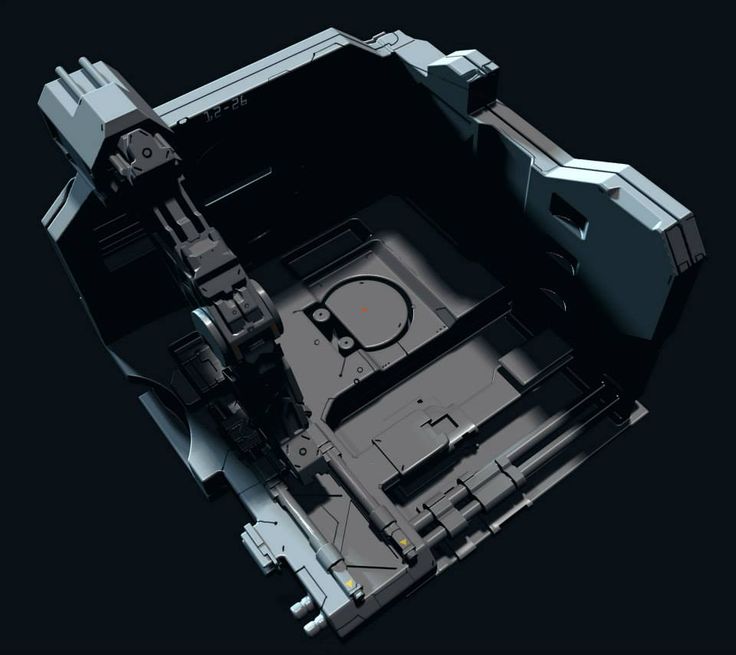
Main feature of the French concept freedom of the press - in the greatest, in comparison from English and especially American concept, the role of the state in journalism. French journalism regulated by law. In the Declaration of the Rights of Man and of the Citizen for the first time, human rights are declared.
B early years of the revolution (1789–1791) freedom The press was limitless. Often journalists both ultra-revolutionaries and supporters of the monarchy - openly called in their newspapers to violence, murder, pogroms. In 1789 there were 250 periodicals editions, and by 1791 more than five hundred newspapers of various kinds. With the advent of the Jacobin terror freedom of the press, despite the declaration in the constitution of 1793, became limited guillotine. In March 1793, the convention gave the right to execute anyone who "revealed in compiling and printing writings that proclaim restoration in France royal power or the dissolution of the National Convention". Law of 17 September 1793 years "About suspicious" provided ruthlessly exterminate all who whatever way he showed himself "partisan of tyranny or federalism and enemy of freedom. These acts gave wide ability to deal with personal enemies. A mass perished on the scaffold journalists representing all political currents. domination bloody revolutionary dictatorship ended on July 27, 1794, when arrested and executed its head Maximilian Robespierre.
Law of 17 September 1793 years "About suspicious" provided ruthlessly exterminate all who whatever way he showed himself "partisan of tyranny or federalism and enemy of freedom. These acts gave wide ability to deal with personal enemies. A mass perished on the scaffold journalists representing all political currents. domination bloody revolutionary dictatorship ended on July 27, 1794, when arrested and executed its head Maximilian Robespierre.
B years of revolution most popular used newspapers published under editorial or direct the participation of the main figures of the revolution, such as Jean Paul Marat, Camille Desmoulins, Maximilian Robespierre and others
One of the first was Elise Lustalo, who published newspaper "Revolutions de Paris" ("Parisian revolution"), which after death Lustalo was called the encyclopedia of the French revolution.
11. Traditions early Christian preaching journalism.
Historical sources show that the first centuries of Christianity, preaching was common accompanying the actual service to God (liturgy) and collective prayers.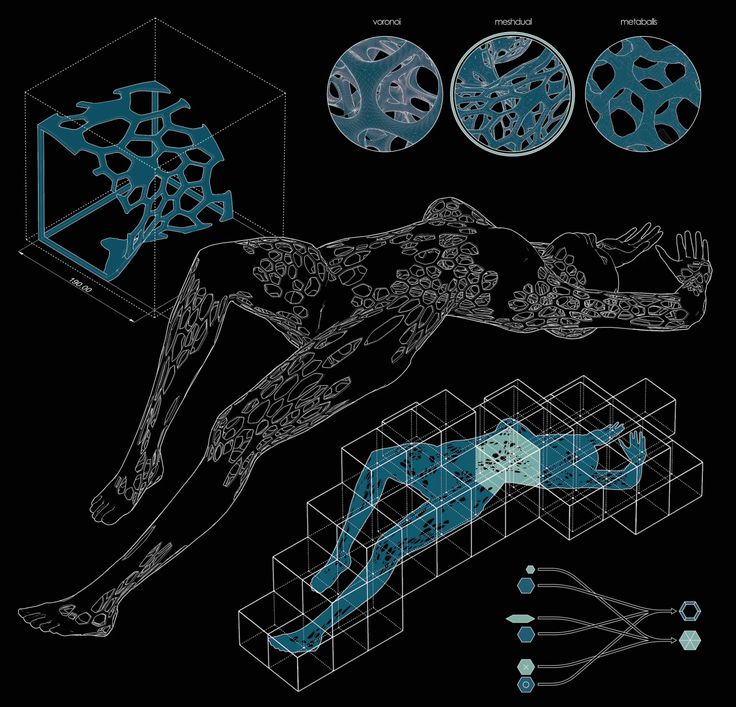 St. Justin, one of the early church fathers (II c.), describes Sunday as follows Christian congregation and its components - read Scripture, then a sermon, prayers, liturgy proper (rituals of thanksgiving and communion): “On the so-called day Sun - Sunday - happens with us gathering in one place of all living cities and villages; and read how much time permits, the tales of the apostles or the writings of the prophets. Then, when the reader cease, the primate through words give instruction and exhortation imitate those beautiful things.
St. Justin, one of the early church fathers (II c.), describes Sunday as follows Christian congregation and its components - read Scripture, then a sermon, prayers, liturgy proper (rituals of thanksgiving and communion): “On the so-called day Sun - Sunday - happens with us gathering in one place of all living cities and villages; and read how much time permits, the tales of the apostles or the writings of the prophets. Then, when the reader cease, the primate through words give instruction and exhortation imitate those beautiful things.
Then Let's all stand up and send out prayers. When will we finish the prayer, as I did above said, bring bread, and wine, and water; and the primate also sends up prayers and thanksgiving as much as he can. People expresses his agreement with the word amen, and there is a distribution to each and fellowship Gifts over which Thanksgiving was performed, but those who have not been are sent through deacons. Instruction and exhortation of the primate imitate those beautiful things early Christian preaching.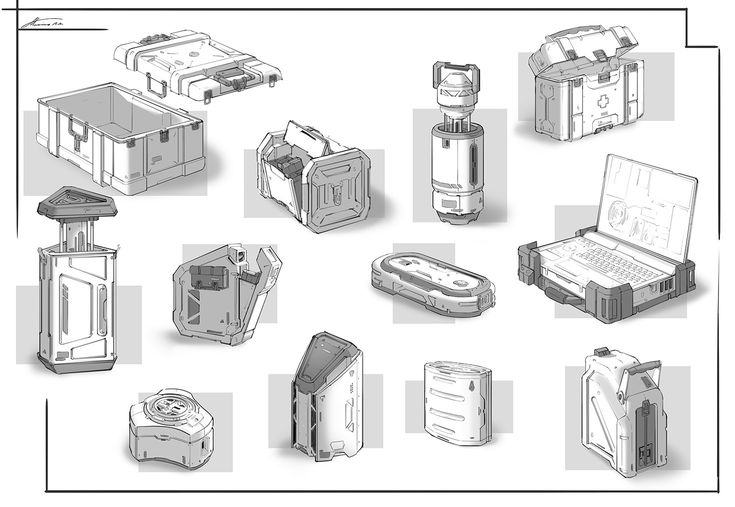 She was called homilia (Greek omilia - meeting, community; conversation, teaching). Later the term homiletics - "the rules for compiling sermons; the science of ecclesiastical eloquence. There is evidence that practical guides on homiletics compiled among other things and Origen (185-254), the famous theologian and biblical scholar.
She was called homilia (Greek omilia - meeting, community; conversation, teaching). Later the term homiletics - "the rules for compiling sermons; the science of ecclesiastical eloquence. There is evidence that practical guides on homiletics compiled among other things and Origen (185-254), the famous theologian and biblical scholar.
Sunday preaching in the medieval western Christianity, especially in large temples, was quite common. At the same time, guidelines for sermons were absent for a long time. It was believed that the pastoral word about God needs no rhetorical embellishments and that sincere faith will prompt the right word. Some of these views were supported apparent simplicity, compositional "Disorder" of the "Sermon on the Mount" or the epistles of the apostle Paul. That's why did not address the technique of preaching special attention. One of the fathers Western Church - Pope Gregory the Great in "Pastoral Care" (c. 591 year) wrote: “Whom the Lord has filled, he immediately makes eloquent” (quoted from the work: Gasy 1986, 99).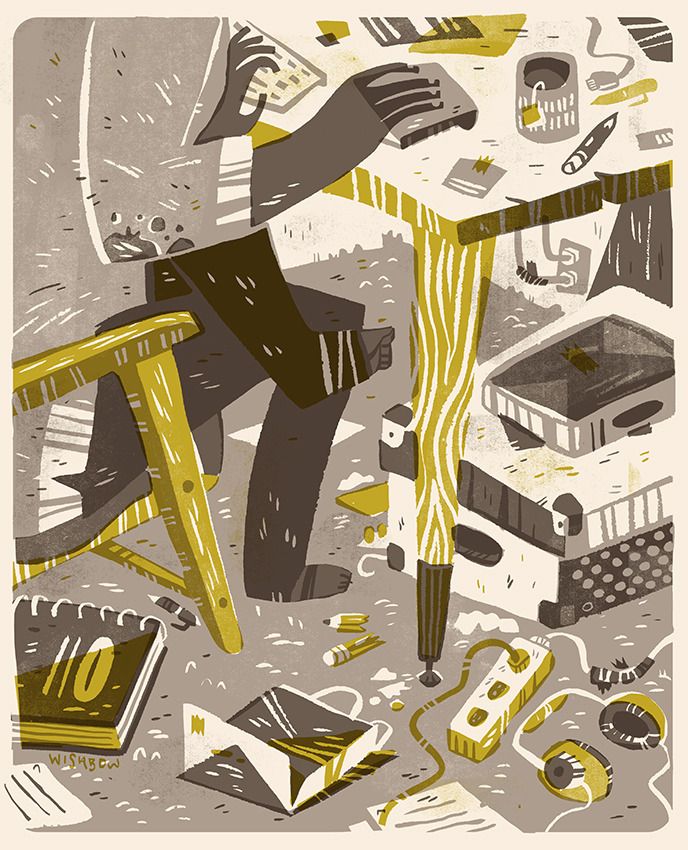 However, with the development of the European rhetoric, with the rise in popularity of manuals how to write letters and business paper, in the XIII-XIV centuries. textbooks appear and according to church eloquence (lat. arspraedicandi - the art of preaching).
However, with the development of the European rhetoric, with the rise in popularity of manuals how to write letters and business paper, in the XIII-XIV centuries. textbooks appear and according to church eloquence (lat. arspraedicandi - the art of preaching).
B universities in the faculties of theology taught the so-called "thematic" sermon, distinguishing it from a homily as preaching "free", unsophisticated. AT "thematic" sermon was required according to certain logical and rhetorical rules to develop the "theme" declared in the title of the sermon. "Theme" could be a line from Scripture, praise of the feast or a saint (on whose feast day service), interpretation of the name of a saint or any name at all, discussion of event whose anniversary is on the day of the service, etc. Such sermons were read in temples, that is, they were a type of oral public ceremonial speech, however they were prepared in advance, that is, they existed both in writing and often afterwards published as essays representing an independent theological and journalistic aesthetic value.
"Thematic" sermon (it was also called "university") for several centuries felt like the pinnacle ecclesiastical rhetoric.
Among famous scientist manuals church eloquence and Ukrainian homiletics - “Science, albo way of evil Kazan" (1659) Ioanniky Galyatovsky, Rector of the Kyiv Collegium, erudite and polemicist. He published this treatise in the book "The Key of Understanding" - a collection exemplary tales (sermons), intended as a practical guides for preachers. Author detail and just talks about two genres sermons for Sundays and funerals. Homiletics is written as advice from an experienced preacher to beginners - about how choose and deploy a theme, how to do sermon coherent, seek attention hearers as speaking of the unrighteous wealth, not too embarrass and frighten rich, how not to drive people to despair funeral word, etc. This is the first Eastern Slavs printed rhetoric. AT 17th century it has been reprinted twice more Kyiv and Lvov, translated into Church Slavonic for Moscow Russia and was a reference book for many generations of priests.
12. Seal Germany 17.18 century.
B 1605 a new type of printing appeared in the world publications - newspaper. It was published in then German Strasbourg. By the end of the XVII century. in German speaking lands 60-80 different newspapers were published. They, though and corresponded to the concept of "newspaper" in modern sense, yet significantly differed from the newspapers of the 20th century, not only outwardly, but also in content.
B modern German "newspaper" called Zeitung. In the 17th century, under the word "Zeitung" was understood as any news, news. If they said that "I brought you Zeitung " it meant that "I have for you news". For the concept of "newspaper" - printed publications of a new type - first used the words "Avisen" and "Relationen", which were later forced out the modern word "Zeitung".
Long time there were disputes about who and where printed in Germany's first newspaper, and what in general count as a newspaper.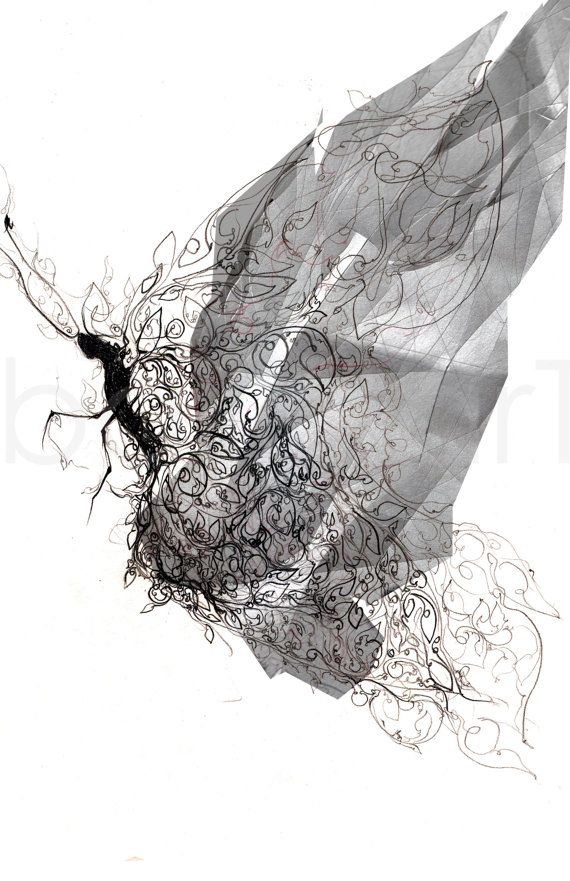 Modern research showed that the first newspaper was "Relation", which he published in Strasbourg - then still German - Johann Carolus (German) Russian (Johann Carolus) from 1605 This was the first printed newspaper not only in Germany, but also in the world . Corolus got the idea to collect various news of recent events from the hands that came to the city from various sources, print them and publish once a week. The newspaper was called "Relation aller Fürnemmen und gedenckwürdigen Historien" (The news of all important and significant stories).
Modern research showed that the first newspaper was "Relation", which he published in Strasbourg - then still German - Johann Carolus (German) Russian (Johann Carolus) from 1605 This was the first printed newspaper not only in Germany, but also in the world . Corolus got the idea to collect various news of recent events from the hands that came to the city from various sources, print them and publish once a week. The newspaper was called "Relation aller Fürnemmen und gedenckwürdigen Historien" (The news of all important and significant stories).
headlines articles served sources of information, For example: "From Rome". The news was not systematized, but printed in that sequences as they did to the editor. Therefore, the latest news were at the end of the newspaper. If the news have not yet arrived, then about this and printed. At the beginning of the 17th century, news of events reached readers in in most cases after 2-4 weeks, at the end of the 18th century - during the French revolution - after 3-7 days.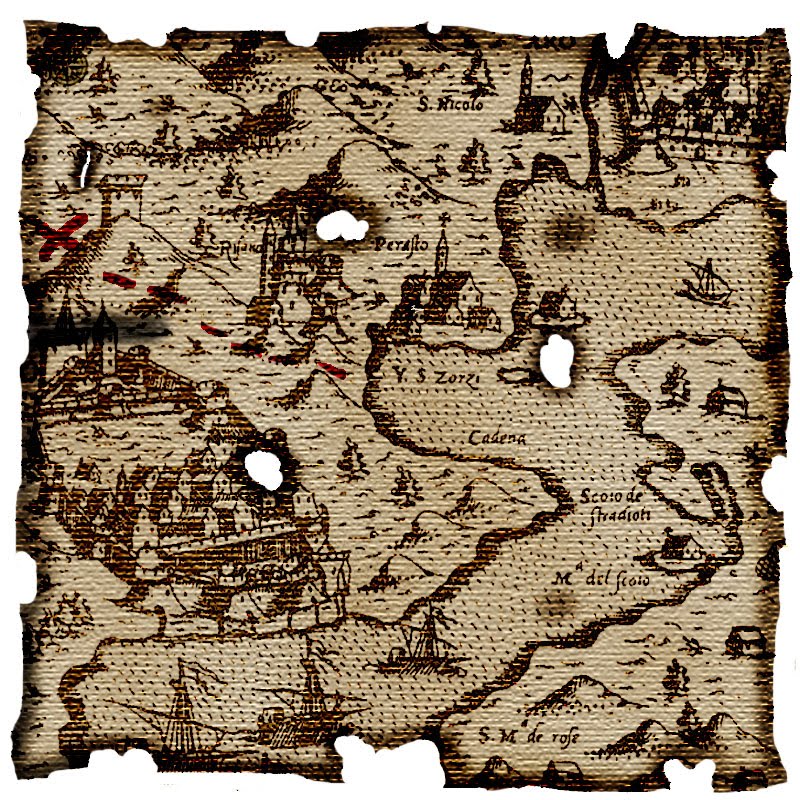
News transmitted literally and in 3 out of 4 cases without comments. Political news took up about half newspapers. Courtiers dominated among them. news. Sources of information - noble courts - gave through newspapers news for peers. For them they were often an intermediary in the transmission information, especially for small yards, so many in Germany at that time, for whom newspapers replaced costly its mailing network.
Circulations newspapers were very small. Yes, the Frankfurt newspaper in the 1620s it was published in 450 copies. Average newspapers were printed in 350-400 copies. The largest circulation - in 1.500 - reached the Hamburg weekly Wöchentliche Zeitung. At the same time, it is necessary note that it is now believed that each newspaper was read by about 10 person [4] : newspapers lay in coffee houses and inns yards, taverns, special houses news (German Avisenbuden ) and they were publicly read, even in villages [5] . This means that if the circulation of the newspaper was 400 copies, then it reached about 4000 readers. Pay attention to the size of cities in the 17th century is a lot. Also it is believed that in the XVII century about 1/4 - 1/5 of the adult population knew about the latter events from the press, during the French revolutions about every second [4] .
Pay attention to the size of cities in the 17th century is a lot. Also it is believed that in the XVII century about 1/4 - 1/5 of the adult population knew about the latter events from the press, during the French revolutions about every second [4] .
Newspapers announcements (German Intelligenzblatt, Intelligenzwesen , English → General Advertiser, Public Advertiser, Intelligencer ) — one of the three directions in German periodical press until the 19th century, along with with newspapers and magazines, reached the greatest flourishing in the XVIII and the coming fell into disrepair by the middle of the nineteenth century.
AT Russian for German words Intelligenzblatt, Intelligenzwesen , meaning one of the three types of periodic publications that appeared in Europe in the 17th century, there is no exact analogue. According to the meaning, it can translate as "supply and demand newspaper" ( GSP ). Translation as "newspaper of private announcements" would be misleading because ads in them were significant partly not private.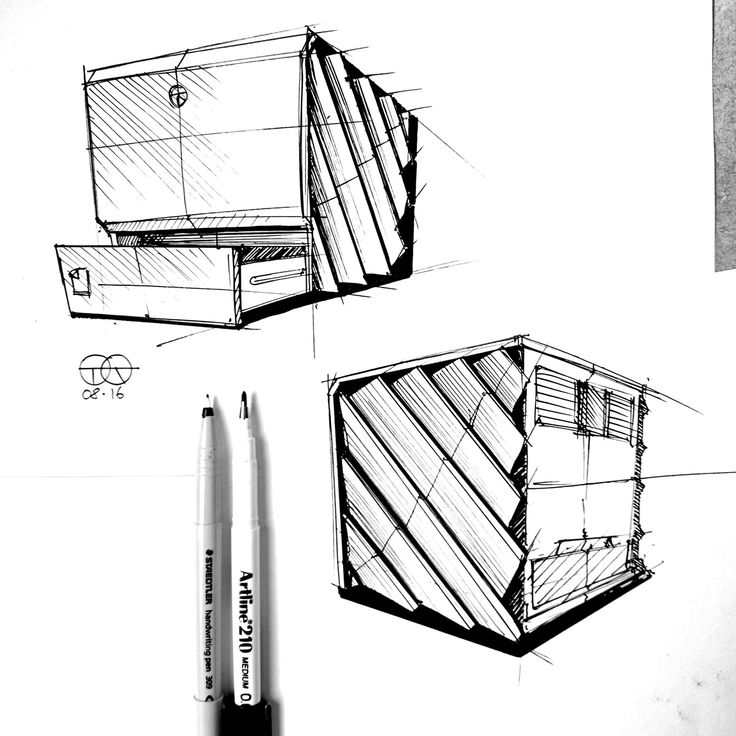
German the word consists of two parts: from the Latin "intellégere", which means "to know", and German "Blatt" - "paper, newspaper". Thus, Intelligenzblatt is is a periodical that "useful things for knowledge" were printed, initially various proposals and announcements. Modern analogue of the first such publications - their content changed over time - one could call newspaper "From Hand to Hand"
Important do not confuse two different types of periodic editions: "ordinary" newspaper and newspaper "supply and demand". In the first news was published; the second represented initially something like public market, where everyone offered and informed others about what he wanted, including including the state. It was newspaper useful information, unlike newspapers with political news of which there is little practical benefit.
13. Appearance weekly newspaper.
Starting from 1609 weekly periodicals printed publications became rapidly spread throughout Europe: in 1610 d.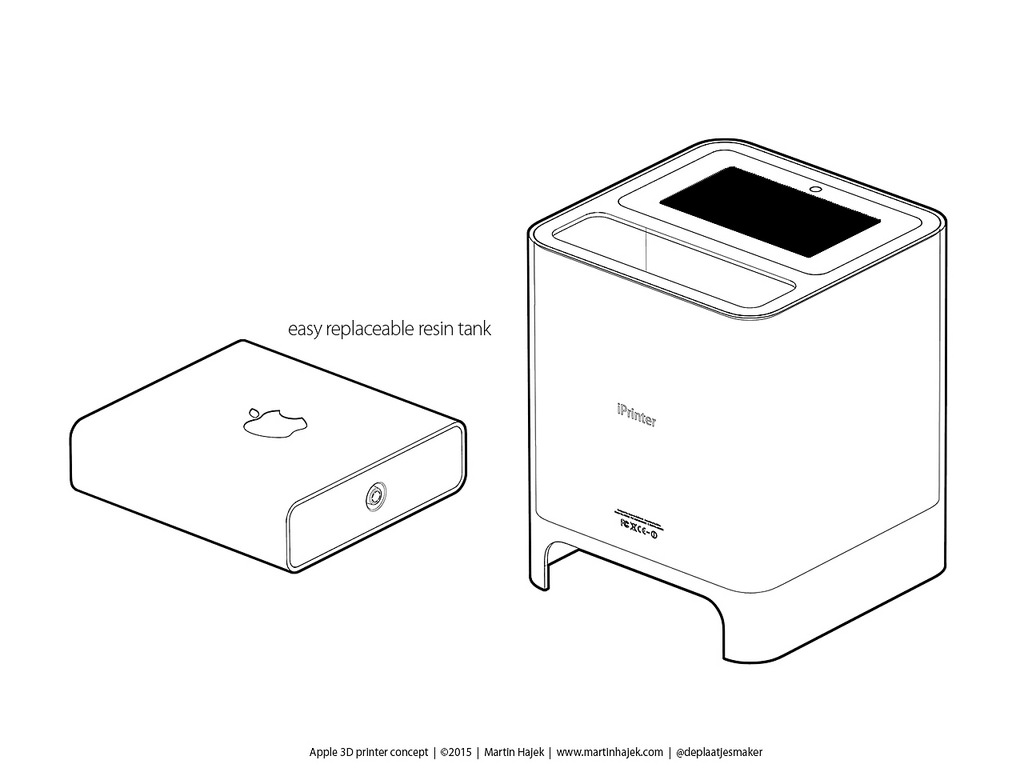 printed weekly "Ordinari Wohenzeitung" began to be published in Basel, in 1615 to Basel joined by Frankfurt am Main and Vienna. In 1616 the newspaper appears in Hamburg, in 1617 - in Berlin, in 1618 - in Amsterdam, in 1620 - in Antwerp, Magdeburg, Nuremberg, Rostock, Braunschweig, Cologne.
printed weekly "Ordinari Wohenzeitung" began to be published in Basel, in 1615 to Basel joined by Frankfurt am Main and Vienna. In 1616 the newspaper appears in Hamburg, in 1617 - in Berlin, in 1618 - in Amsterdam, in 1620 - in Antwerp, Magdeburg, Nuremberg, Rostock, Braunschweig, Cologne.
What concerns Cologne, then in this city, starting from 1588 (and possibly earlier), Michel von Eitzing published twice a year a selection of political and military events semester called "Relatio Historica" ("Historical Bulletin") and sold its edition in autumn and spring on Frankfurt book fairs. At 159four another edition appeared in Cologne, covering the events of the past six months. "Mercurius Gallo Belgicus" ("Gallo-Belgian Mercury") came out in Latin and was known far beyond Germany.
K 1630 weekly newspapers appeared already in 30 European cities. rapid spread printed periodicals, and period from 1609 to 1700. only in Germany experts recorded walking about 200 newspapers, due to the increased level of typography, growth cities and an increase in demand for various information from the city population, the main consumer of this type of printed matter.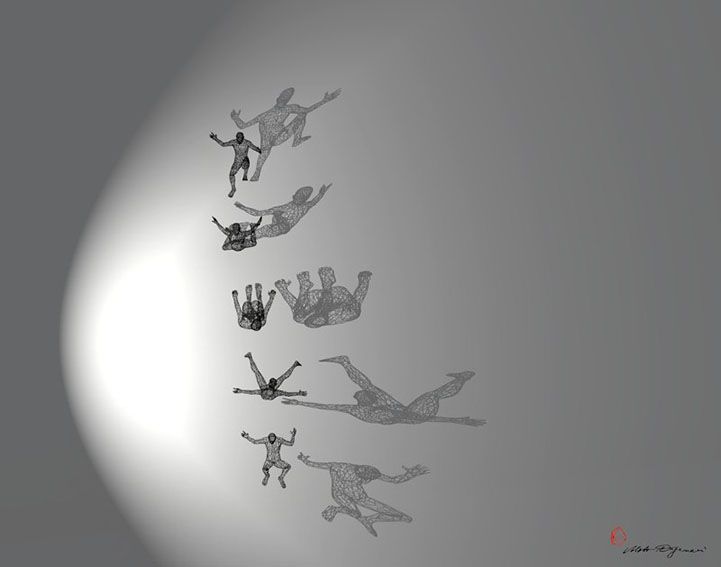
However the process of the appearance of the first newspapers in a number of countries was restrained by strict censorship rules governing the emergence printed products. ubiquitous introduction of the institution of preliminary censorship that appeared almost immediately after the invention of printing was state response to uncontrolled dissemination of ideas, opinions and information.
Already in 1502 a law was passed in Spain, according to which all printed publications had to go through preliminary censorship. Censorship functions were assigned on state and church structures. Edict of Worms 1521 against Luther, provided for the introduction prior censorship in Germany.
Reaction Catholic Church for the victory of the Reformation was the appearance in Rome in 1559 of the first "Index of Forbidden Books" published by Vatican and introducing censorship on publications, circulating in countries the Catholic world. Moreover, "Index forbidden books" pursued not only for writing, publishing and distributing forbidden books, but also for reading them and storage. It is no coincidence that John Milton his famous "Areopagitica" compared papal censorship with "secret monster" of the Apocalypse.
It is no coincidence that John Milton his famous "Areopagitica" compared papal censorship with "secret monster" of the Apocalypse.
Precisely censorship has led to the fact that the first printed newspapers in England and France appeared with relative late. In England in 1538 was adopted a law according to which any printer should have received a royal patent for their activities, and the workshop organization typographers - Book Publishers Company - was obliged not only to represent printed materials for preliminary censorship, but also monitor the activities members of your department. Ordinance 1585 regulated the appearance of the printed products and determined the quantity printing houses operating in the kingdom (their number should not exceed 20), functions of censorship in England were assigned to the so-called Star Chamber at Privy Council of the King, who played in the XVI-XVII centuries the role of the press committee. Right chief censors in the Star Chamber received by the Archbishops of London and Canterbury, without whose sanction not a single print could be published text. In France, the law of 1561 prescribed scourging distributors and authors of "slanderous" leaflets and pamphlets. In case of repeated violation the law of persons guilty were punished by death execution.
In France, the law of 1561 prescribed scourging distributors and authors of "slanderous" leaflets and pamphlets. In case of repeated violation the law of persons guilty were punished by death execution.
B conditions of severe censorship pressure the role of a kind of "catalyst" for appearance of English and French newspapers played Holland, which in XVII century was the most liberal country of Europe.
What is Industry 4.0? | Definition, technology, benefits
Since the beginning of the 19th century, we have experienced three industrial revolutions. The engine of each of them was a new breakthrough technology: the mechanics of a steam engine, the principle of an assembly line and the speed of a computer. They have been called industrial revolutions because the innovations that caused them not only led to some increase in productivity and efficiency, but completely changed the way goods were produced and work was done.
Today, we are in the fourth industrial revolution, dubbed Industry 4.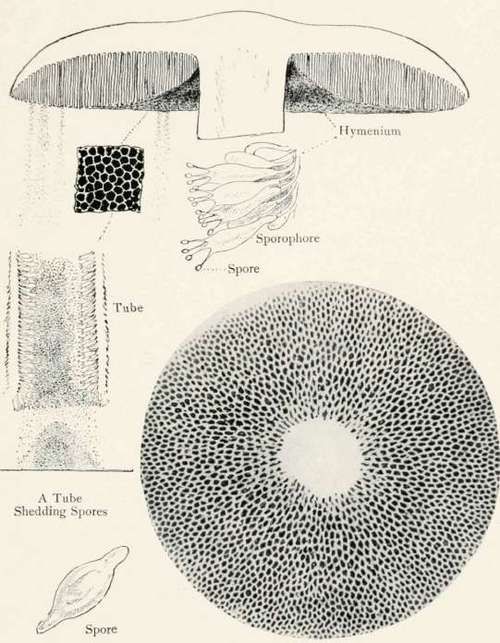 0, bringing automation, monitoring and supply chain analytics to the next level with smart technology. At the heart of Industry 4.0 is the Industrial Internet of Things (IIoT) and Cyber-Physical Systems—intelligent autonomous systems that use computer algorithms to monitor and control physical “things,” including equipment, robots, and vehicles. "Industry 4.0" makes all parts of the supply chain "smart" - from smart industries and factories to smart warehouses and logistics. But Industry 4.0 is not just about the supply chain. Industry 4.0 connects to back-end systems such as enterprise resource planning (ERP) systems, providing an unprecedented level of visibility and control over an organization's operations. Ultimately, Industry 4.0 is a critical aspect of the digital transformation of any company.
0, bringing automation, monitoring and supply chain analytics to the next level with smart technology. At the heart of Industry 4.0 is the Industrial Internet of Things (IIoT) and Cyber-Physical Systems—intelligent autonomous systems that use computer algorithms to monitor and control physical “things,” including equipment, robots, and vehicles. "Industry 4.0" makes all parts of the supply chain "smart" - from smart industries and factories to smart warehouses and logistics. But Industry 4.0 is not just about the supply chain. Industry 4.0 connects to back-end systems such as enterprise resource planning (ERP) systems, providing an unprecedented level of visibility and control over an organization's operations. Ultimately, Industry 4.0 is a critical aspect of the digital transformation of any company.
The general definition of Industry 4.0 is the development of digital industrial technologies … The digital transformation of Industry 4.0 allows us to work side by side with machines, using new high-performance approaches.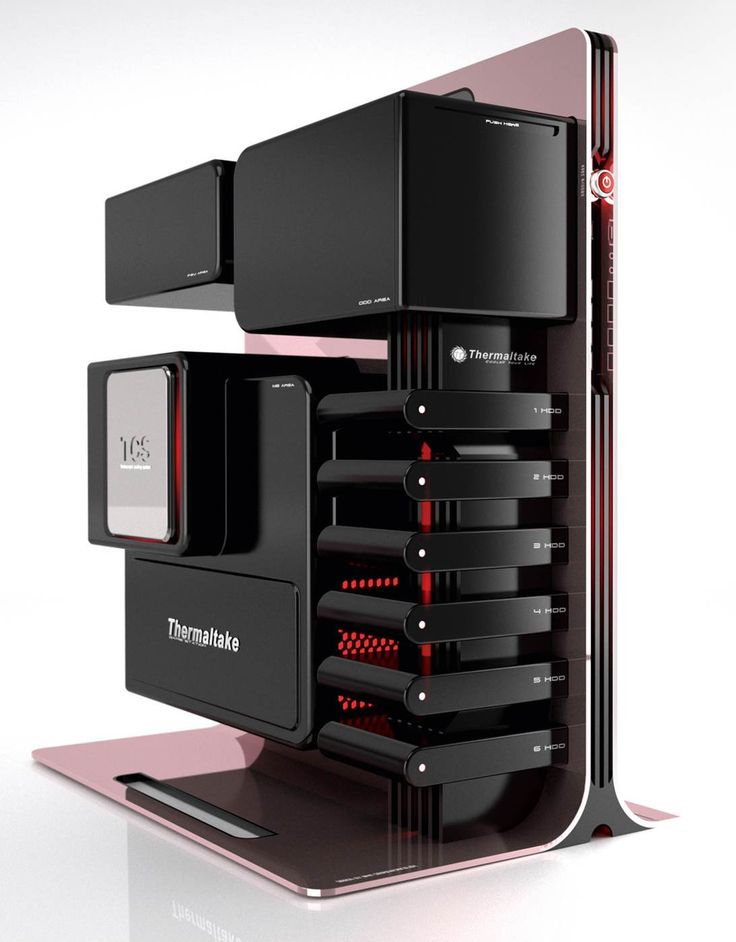
Daniel Burrus
Industry 4.0 Technologies
Industry 4.0 is based on nine technology pillars. These innovations serve as a bridge between the physical and digital worlds and enable intelligent and autonomous systems to function. Organizations and supply chains are already using some of these advanced technologies, but the full potential of Industry 4.0 can only be realized when they are used in combination.
- Analytics based on big data and artificial intelligence. Industry 4.0 involves the collection of big data from a wide range of sources, from manufacturing equipment and Internet of Things (IoT) devices to ERP and CRM systems, as well as weather and traffic applications. Artificial intelligence (AI) and machine learning-based analytics are applied to real-time data, and the resulting information is used to make better decisions and automate all areas of supply chain management: supply chain planning, logistics management, manufacturing, research and design, enterprise asset management (EAM) and purchasing.
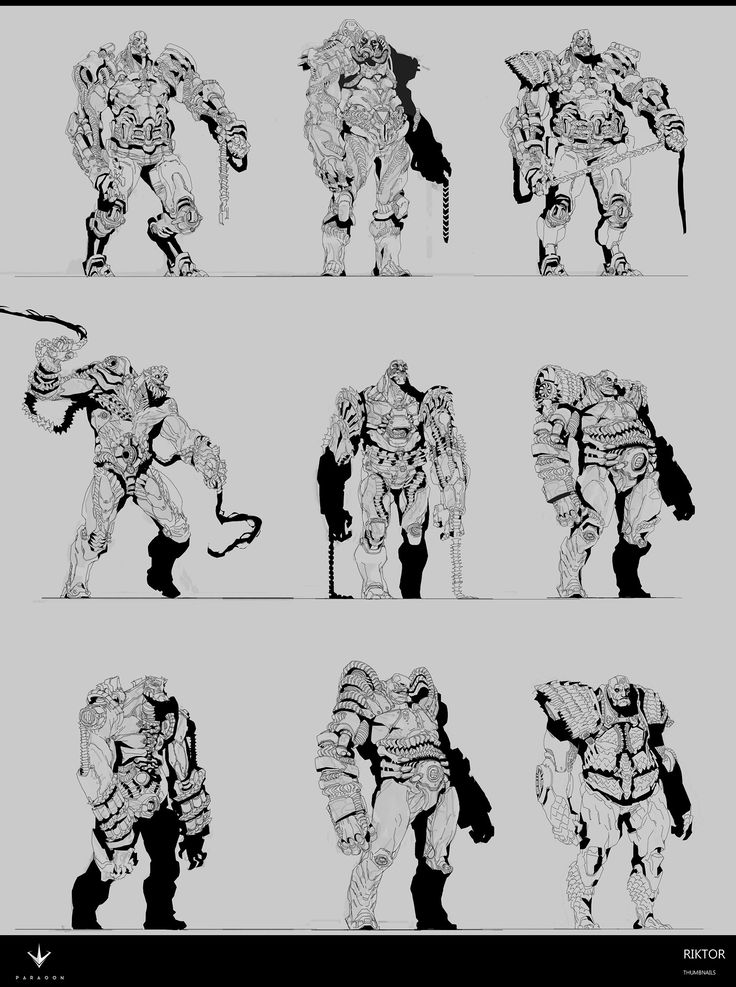
- Horizontal and vertical integration. The foundation of Industry 4.0 is horizontal and vertical integration. Horizontal integration ensures close interaction between processes at the "local level" - at the production site, between multiple production sites and across the entire supply chain. Through vertical integration, all levels of the organization are connected, and data flows freely from the shop floor to the board of directors and back. In other words, manufacturing is tightly integrated with business processes such as research and development, quality assurance, sales and marketing, and other departments. The fragmentation of data and knowledge is becoming a thing of the past.
- Cloud computing. Cloud computing is a powerful tool for the concept of "Industry 4.0" and digital transformation. The possibilities of modern cloud technologies are far from limited to increased speed, scalability, ease of storage and cost efficiency. They are the foundation for the latest technologies, from AI and machine learning to the Internet of Things, and provide companies with the technical ability to innovate.
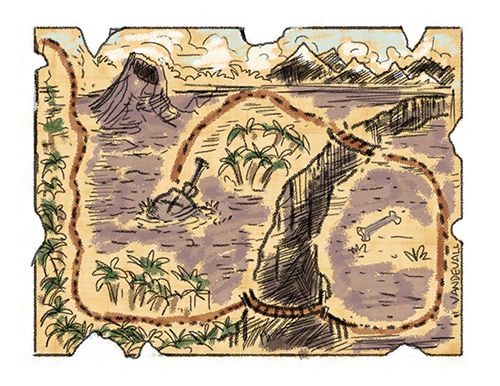 The data on which Industry 4.0 technologies are built is stored in the cloud, and the cyber-physical systems that form the core of this concept use the cloud for communication and coordination.
The data on which Industry 4.0 technologies are built is stored in the cloud, and the cyber-physical systems that form the core of this concept use the cloud for communication and coordination. - Augmented reality (AR). Augmented reality tools that overlay digital content on real environments are a key component of Industry 4.0. While working in augmented reality, employees use smart glasses or mobile devices to visualize real-time IoT data, digitized parts, repair or assembly instructions, training content, and other information while looking at a tangible object, such as a piece of equipment or a product. AR is still in its early stages of development, but is already having a major impact on maintenance, service delivery, and quality assurance processes, as well as on technician training and security.
- Industrial Internet of Things (IIoT). The Internet of Things (IoT)—more specifically, the Industrial Internet of Things—is so important to Industry 4.
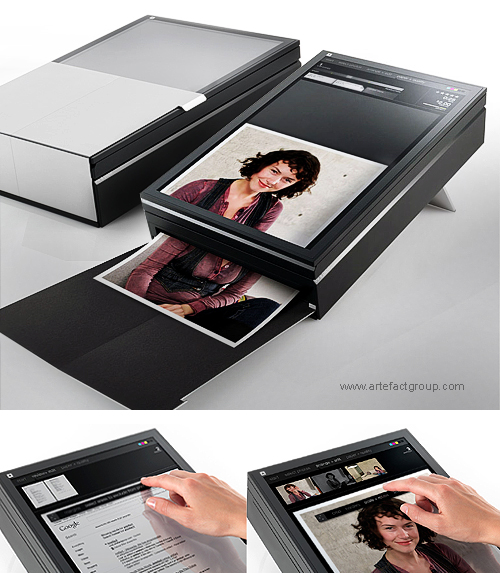 0 that the two terms are often used interchangeably. Most of the physical objects in Industry 4.0—devices, robots, machines, equipment, products—use sensors and RFID tags to provide real-time data about their state, performance, or location. This technology enables companies to optimize supply chains, design and modify products quickly, prevent equipment downtime, stay on top of consumer preferences, track products and inventory, and more.
0 that the two terms are often used interchangeably. Most of the physical objects in Industry 4.0—devices, robots, machines, equipment, products—use sensors and RFID tags to provide real-time data about their state, performance, or location. This technology enables companies to optimize supply chains, design and modify products quickly, prevent equipment downtime, stay on top of consumer preferences, track products and inventory, and more. - Additive manufacturing/3D printing. Additive manufacturing, or 3D printing, is another key technology at the heart of Industry 4.0. 3D printing was originally used as a tool for rapid prototyping, but now offers a wider range of use cases, from mass customization to distributed manufacturing. For example, the use of 3D printing allows you to store parts and products as design data files in virtual warehouses and print them on demand at the time of need, reducing both transportation distances and costs.
- Autonomous robots.
 Industry 4.0 has led to a new generation of autonomous robots. Programmed to perform tasks with minimal human intervention, autonomous robots vary widely in size and function, from drones for inventory scanning to autonomous mobile robots for material handling. Armed with advanced software, AI, sensors and machine vision, these robots are capable of performing complex and highly precise tasks, as well as recognizing, analyzing and acting on information from their environment.
Industry 4.0 has led to a new generation of autonomous robots. Programmed to perform tasks with minimal human intervention, autonomous robots vary widely in size and function, from drones for inventory scanning to autonomous mobile robots for material handling. Armed with advanced software, AI, sensors and machine vision, these robots are capable of performing complex and highly precise tasks, as well as recognizing, analyzing and acting on information from their environment. - Simulation/digital twins. A digital twin is a virtual model of a real machine, product, process or system, created based on data from IoT sensors. This core component of Industry 4.0 enables companies to better understand, analyze and improve the performance and maintenance of industrial systems and products. For example, a machine operator can use a digital twin to pinpoint a failed part, predict potential problems, and increase uptime.
- Cyber security. With ever-increasing levels of connectivity and the use of big data in Industry 4.
 0, cybersecurity is of paramount importance. By adopting a Zero Trust security architecture and technologies such as machine learning and blockchain, companies can automate threat detection, prevention, and response, and minimize the risk of data breaches and production delays across their networks.
0, cybersecurity is of paramount importance. By adopting a Zero Trust security architecture and technologies such as machine learning and blockchain, companies can automate threat detection, prevention, and response, and minimize the risk of data breaches and production delays across their networks.
Benefits of Industry 4.0
Smart products
Develop connected products that understand their state and can share information about health, location, usage level, storage conditions, and more. help you improve everything from product quality and customer service to logistics and research processes. They can also predict service needs, receive remote updates, and unlock opportunities for new service-based business models.
Smart factories
The smart factory is characterized by a high level of digitalization and autonomy, and takes full advantage of advanced technologies such as big data, artificial intelligence, robotics, analytics and the Internet of things.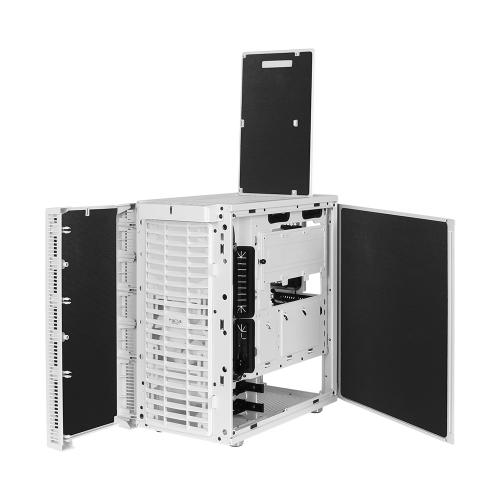 Also referred to as Factory 4.0, such manufacturing is able to self-correct, leverage Smart Manufacturing Processes 4.0, and deliver custom-made products at minimal cost and on a large scale.
Also referred to as Factory 4.0, such manufacturing is able to self-correct, leverage Smart Manufacturing Processes 4.0, and deliver custom-made products at minimal cost and on a large scale.
Smart Assets
Nearly every physical asset launched today has built-in sensors that, when connected to the Internet of Things and analytics tools, can revolutionize the way an enterprise manages assets. By working with smart assets, technicians can monitor asset performance in real time, predict and prevent downtime, apply dynamic and predictive maintenance, take advantage of digital twins, and tightly integrate assets and business processes.
New opportunities for employees
But no matter how autonomous your systems become, you will always need people. Empower them with technologies such as artificial intelligence and real-time access to sensor data so they always know what's happening on the production floor and are ready to make quick decisions and fix problems as they arise. Wearable devices and augmented reality applications can also help them with problem solving, health monitoring and safety.
Wearable devices and augmented reality applications can also help them with problem solving, health monitoring and safety.
Benefits for companies
A wide range of Industry 4.0 solutions are available on the market to help thousands of companies transform their digital supply chain, reorganize production, focus on customers and connect all aspects of the organization.
Here are some of the benefits that companies can enjoy today:
- A radical increase in productivity and automation. Companies use data to drive decisions across their operations, improving forecasting accuracy, delivering on time, and generating profit-optimized plans.
- Resilience and flexibility in any market or economic environment. Companies are shaping the digital supply chain of the future with state-of-the-art planning tools.
- The confidence you need to explore new business models and seize opportunities quickly. With Industry 4.
 0 solutions, companies are reducing costs, improving market efficiency and connecting supply chains across sea, land and air.
0 solutions, companies are reducing costs, improving market efficiency and connecting supply chains across sea, land and air. - Green and sustainable solutions without sacrificing profitability. Customers are becoming more efficient and cost-effective as a result of digital transformation, while meeting their environmental goals without compromising other business goals such as profitability and scalability.
Learn more about Industry 4.0 solutions
Experience the benefits of digitally transforming your supply chain.
Read more
Industry 4.0 Frequently Asked Questions
Before choosing a route, you need to determine your starting point. An important first step along the way is the audit and analysis of existing processes, assets and business systems. Their results will tell you where you are, help you set priorities, and even identify actions that will bring quick results. Industry 4.0 brings significant benefits and impacts every aspect of business. This is much more than just updating IT systems, so you need support and commitment from management.
This is much more than just updating IT systems, so you need support and commitment from management.
In a nutshell, yes, you can. IoT gateway devices can often be retrofitted to older machines. These devices allow IoT sensors to report performance data. In some cases, you can install and connect video cameras and thermal sensors, forming a more reliable picture. Given the age and function of the equipment, you will find the best solution. An audit and analysis will help you determine the long-term value of upgrading versus replacing obsolete assets.
A robust ERP system is the brain of the Industry 4.0 technology stack. If in the past ERP solutions performed mainly office tasks, today an intelligent ERP system is the center of interconnected processes covering the areas of production, logistics, design and many other areas of business. As you develop your digital transformation project, you need to determine if your existing ERP system is up to the task.
Legacy ERP systems running legacy disk databases have reached their limits. The ability to use data from connected plants, assets, products, and employees will depend on the characteristics of your ERP system. Is she smart enough? Does it support embedded technologies such as AI, machine learning and analytics? How fast is the database? If your company is running an older system, it might be time to upgrade to take advantage of Industry 4.0.
The ability to use data from connected plants, assets, products, and employees will depend on the characteristics of your ERP system. Is she smart enough? Does it support embedded technologies such as AI, machine learning and analytics? How fast is the database? If your company is running an older system, it might be time to upgrade to take advantage of Industry 4.0.
The choice of technologies for the first stage depends on which processes are most important for your core business model and which areas of your company will benefit the most from the transformation. Early on, companies often focus on implementing one core technology at a time. By their very nature, Industry 4.0 solutions provide a wealth of reliable big data and insights to help you accurately assess the ROI and benefits of these solutions. Thanks to this, the integration of subsequent business areas becomes more and more seamless.
Unlike many other fundamental changes, digital transformation can take place in stages without significant disruption to business processes. Start with a robust ERP system and digital transformation roadmap that will enable you to deploy many Industry 4.0 solutions almost immediately.
Start with a robust ERP system and digital transformation roadmap that will enable you to deploy many Industry 4.0 solutions almost immediately.
Change is no easy task. We understand this. When companies transitioned from typewriters to computers, they faced resistance from employees who found the new tasks overwhelming. But unlike early technological transformations, Industry 4.0 solutions actually reduce rather than increase the level of complexity for the user. Workflows are streamlined, manual and repetitive tasks are automated, and interfaces are intuitive. In addition, many 4.0 technologies make learning easier. These include wearable augmented reality devices and mobile-optimized user interfaces.
If 2020 has taught us one thing, it's that we can't always tell with certainty what's in store for us. But while we cannot predict the future, we can take steps to be more resilient and better prepared for it. The best in-memory ERP systems scale and support unlimited workloads, while Industry 4.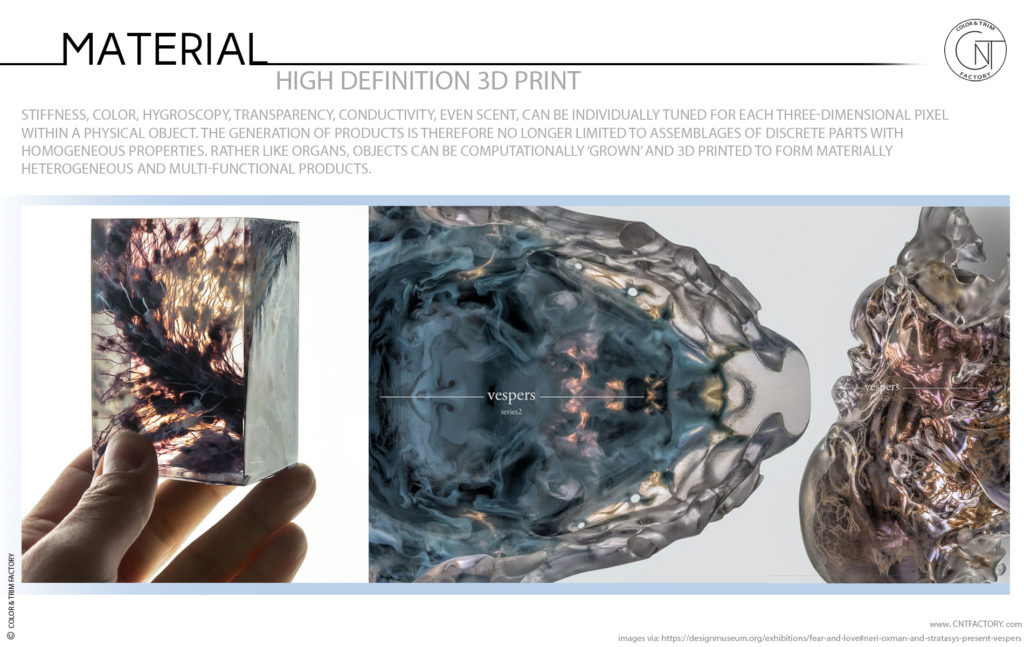 0 technologies are designed specifically to support future growth and adapt to unexpected changes.
0 technologies are designed specifically to support future growth and adapt to unexpected changes.
The fundamental principles of Industry 4.0 software solutions include scalability built into them, as well as support for agility and resilience. If your business model or manufacturing model needs to change radically to meet new market demands, Industry 4.0 systems provide the level of understanding and confidence you need to quickly adapt and implement change.
Without a doubt, the fourth industrial revolution will change the situation on the labor market. However, it is not monotonous work that leads to innovation, but ideas and creative thinking. Digital technologies empower employees, allowing more and more people to move from physical to mental work. In 1980, there were only a few thousand programmers in the world. Today there are over 20 million of them. And while many physical tasks will be taken over by robots, many new tasks will be created to run a digital business.